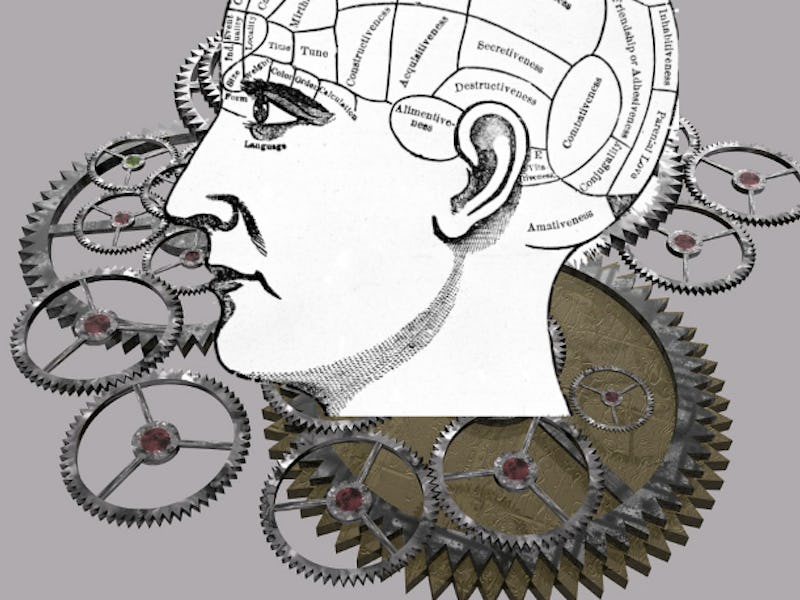Human beings are a mess of contradictions. A person might hate violence but love violent action movies. Someone else might believe certain people are inherently good yet refuse to believe in the idea of a soul. For a long time, scientists have attempted to account for the inconsistencies in human behavior — and tried to find predictable patterns in them — but they’ve yet to come up with a simple explanation.
But neuroscientist Robert Sapolsky wants us to know that we’re never going to find one.
“While we are a miserably violent species, we’re also extraordinarily compassionate and altruistic,” said Sapolsky, a Stanford University professor, to a TED 2017 crowd on Thursday. “So how do you make sense of the biology of our best moments, our worst, and all of the ambiguous ones in between?”
Answering this, he says, means first accepting that human behavior can’t be explained by one hormone or evolutionary mechanism. Human decisions, he explains, are influenced by multiple factors that operate on a vast timeline, ranging from the second before a choice is made to the moment thousands of years ago when a person’s behavioral patterns began to be shaped by their ancestors. Here’s how he broke down the moments that contribute to human behavior in his talk.
One second before the decision: Whatever’s happening in your immediate environment seconds before you make a decision may activate your amygdala, the brain area central to fear and aggression. So, if your environment is stressful, then your amygdala will be more likely to elicit hostile emotions that may influence that choice.
“In addition, if you’re tired, you’re hungry, you’re in pain — your frontal cortex is not going to work very well,” Sapolsky advises. “That’s the brain region whose job it is to get there just in time to stop the amygdala.”
The red here are the amygdala.
Hours to days before the decision: This span of time is most influenced by hormones, Sapolsky says. The levels of these natural chemicals constantly fluctuate, and their levels at any given moment can influence a decision made down the line.
“Regardless of your sex, if your testosterone levels are elevated, you’re more likely to mistake a neutral facial expression for a threatening one,” says Sapolsky. “Or, if you have elevated levels of stress hormones, your amygdala becomes excitable and your frontal cortex gets sluggish.”
Weeks to months before the decision: This time frame is the realm of neural plasticity — the changes to the brain that happen as neurons form new connections.
“The brain can change dramatically over time in response to experience,” says Sapolsky. “If your previous months were filled with stress and trauma, your amygdala would have grown larger, and neurons would have grown new connections there.”
Robert Sapolsky spoke via telecast at a TED Talk in Vancouver on Thursday.
Years before the decision: The decisions you make as an adult are also shaped by the way your brain forms as it matures during childhood and adolescence, Sapolsky says.
“That’s the time that your brain is being constructed, and experiences can cause what are called epigenetic changes,” says Sapolsky. “Some genes are activated permanently, other ones are turned off. For example, if as a fetus you were exposed to high levels of stress hormones from mom’s circulation, epigenetic changes would have gifted you with an adult amygdala that’s enlarged with elevated stress hormones.”
Centuries before you were even born: Ultimately, your behavior — and the decisions that arise from that behavior — is also shaped by the decisions your ancestors made thousands of years before. For example, Sapolsky explains, if your ancestors were warriors, their attitudes still influence the values with which you are raised.
“It’s clear that if you want to understand a behavior — a wonderful one, an appalling one, a confusing one in between — you’ve got to understand what happened from the second before to millions of years before,” Sapolsky said, summarizing his talk.
“In other words, it’s complicated.”
